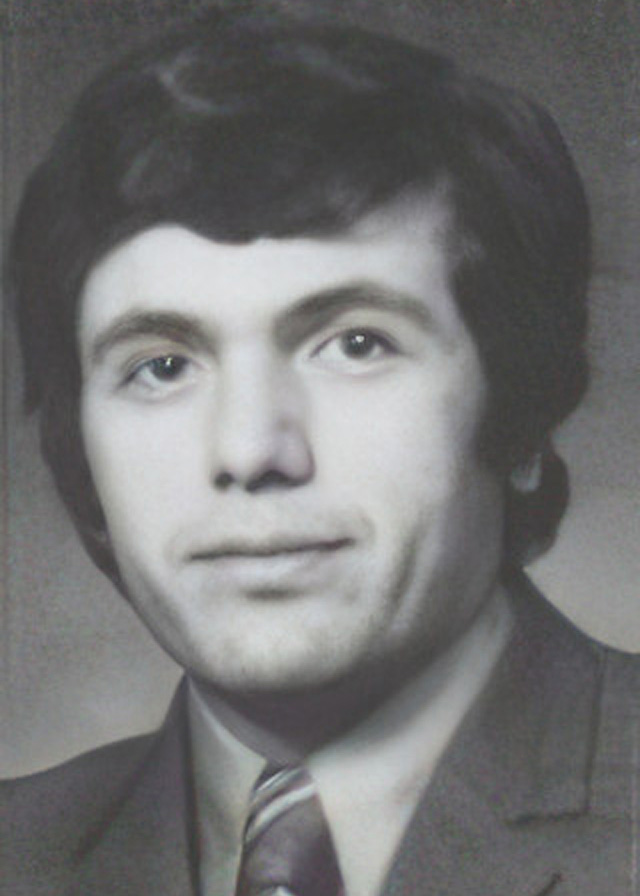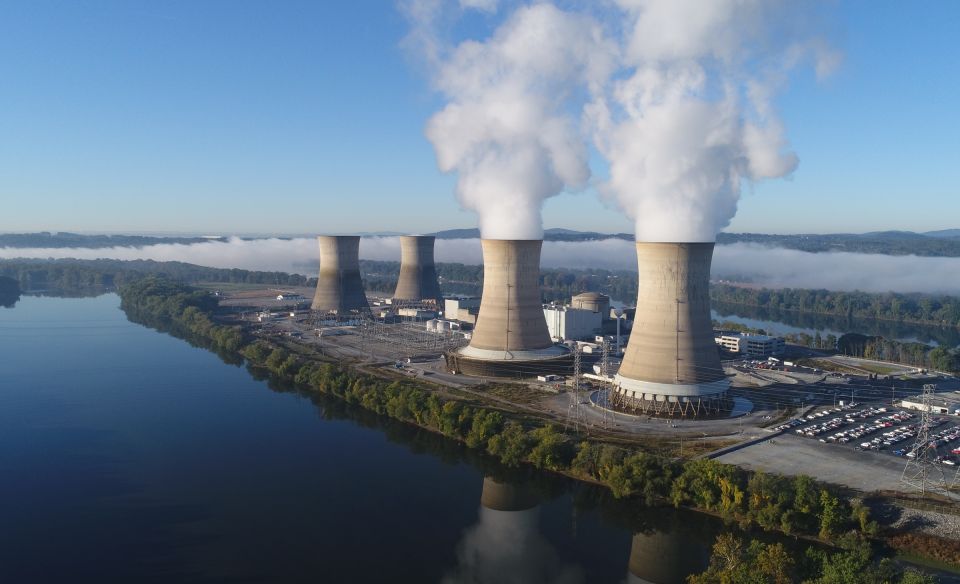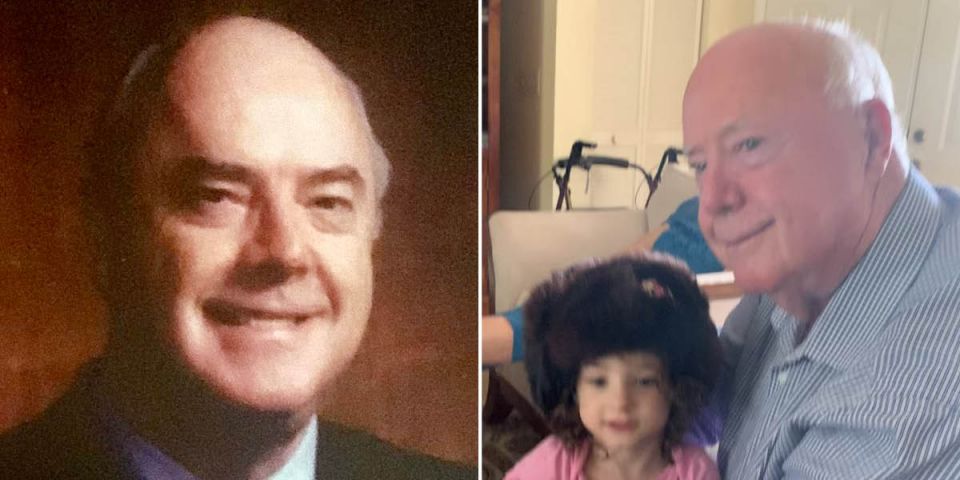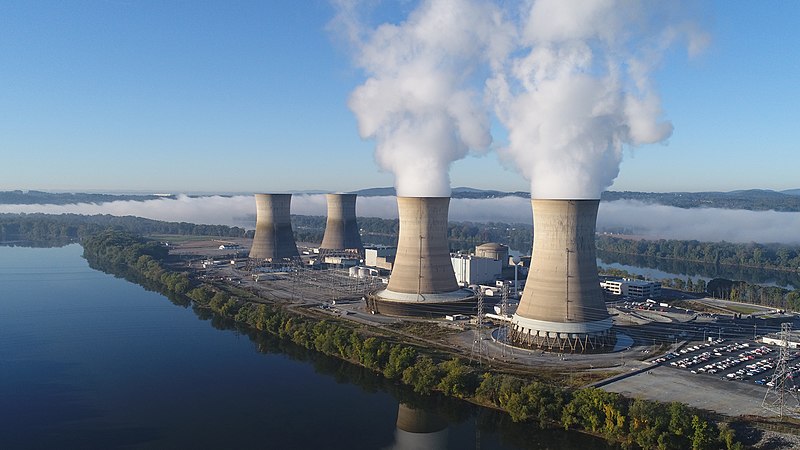I obtained my B.S., M.S., and Ph.D., all in nuclear engineering, from the University of Wisconsin–Madison. My Ph.D. thesis was on solving the neutron radiation damage problems in the first structural walls of tokamak fusion reactors. After graduation, I was hired by Battelle Columbus laboratories in Columbus, Ohio, to start a fusion program, but six months later, the Three Mile Island accident happened, and my fusion program went by the wayside. All efforts and research funding were redirected at understanding and modeling reactor behavior under severe accident conditions. I participated in the development of a computer code called MARCH (meltdown accident response characteristics), which analyzed the behavior of primary systems in light water reactors.
At that point, because my undergraduate scholarship from the Turkish government required that I either work for a Turkish government institution for several years or pay back the cost of my education, I chose to return to Turkey. There, I taught nuclear engineering at Bog˘aziçi University in Istanbul for two years. In 1982, I returned to Battelle Columbus Labs, where I continued my work on severe accident modeling. This time, however, I was analyzing the physical phenomena occurring in the containment buildings of nuclear power plants. I also coauthored a computer code called MATADOR (methods for the analysis of transport and deposition of radionuclides).
In 1986, I transferred to Battelle’s Chicago office to work on the nation’s second repository program, the Office of Crystalline Repository Development (OCRD). During my interview, I was told that I could retire from that project if I wanted. Two years later, the OCRD project was canceled because the Department of Energy made the mistake of identifying candidate areas for the repository—some of which happened to be in midwestern and eastern states with powerful representatives and senators who were up for election later in the year. The OCRD was renamed OWTD (Office of Waste Technology Development), which some of us thought stood for “Oh What To Do.” I transferred to Argonne National Laboratory in January 1990, just months before OWTD was shut down.
My 24 years at Argonne were spent mostly on projects related to environmental impact assessments of nuclear power plants and other nuclear fuel cycle facilities. I served as a section manager for a diverse group of scientists for about 20 years and as a team leader for many environmental assessment projects, which were primarily sponsored by the Nuclear Regulatory Commission and the DOE. I was also involved in some renewable energy projects, such as solar, wind, and ocean energy. In my later years, I managed Argonne’s Technical Assistance Program to the NRC for the licensing of new reactors and license renewal of operating reactors.
While working at Argonne, I also taught part time at Northwestern University’s School of Continuing Studies and was involved in my community as both an elected official and a volunteer.
After I retired from Argonne in 2014, I went to Tanzania twice and to Indonesia once to teach courses on environmental impact assessment and renewable energy technologies to university engineering students. Because of my prior involvement in similar activities, I was recruited to teach at International Atomic Energy Agency–sponsored workshops and courses offered to representatives from newcomer countries. I also participated in the updating of a couple of IAEA safety standards.
I like to travel, and I enjoyed meeting current and future leaders in the nuclear field from various countries at these workshops and courses. However, now that I am over 70 and because of IAEA insurance restrictions, I can still work for the IAEA—albeit from home and online.
In February 2024, I traveled to Sri Lanka on my own to provide a one-day knowledge-sharing program to representatives from several government agencies, including the Sri Lanka Central Environmental Authority and the Sri Lanka Atomic Energy Board. Having grown up in an environment with no electricity and no running water, where I rode a donkey to work in the tobacco fields, which we plowed with oxen, I feel strongly about the availability of energy in general and nuclear energy in particular in developing countries. I hope to continue to help in these areas as much as I can and see as much of the world as I can, while I am still able to travel.








